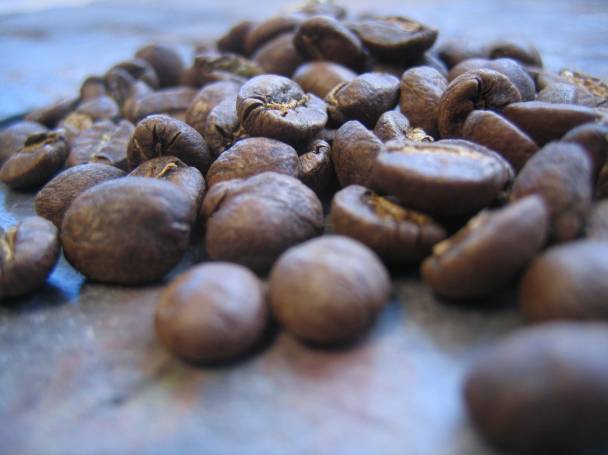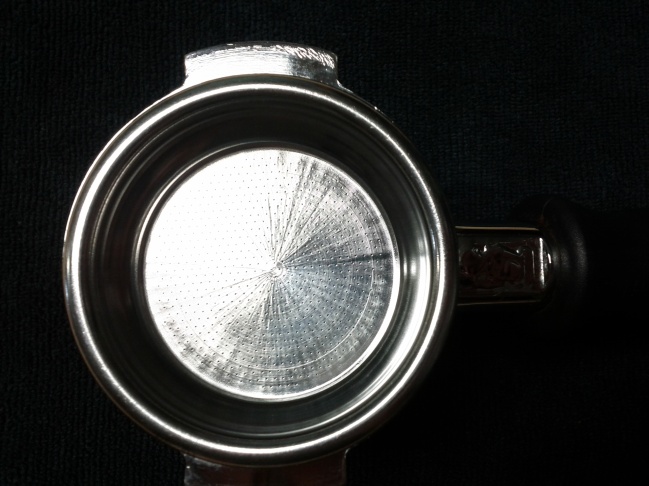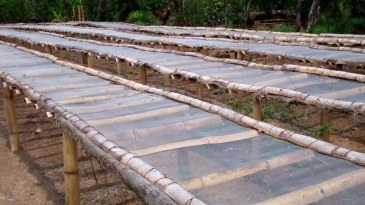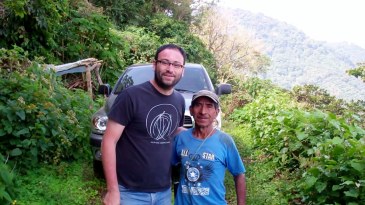So I’ve been thinking a lot lately about roast styles. I often receive coffees from friends and customers who travel thither and yon and bring back a bag of the local XYZ Roaster’s coffee. Almost always I find something interesting and tasty in the bag (my friends/customers know not to bring back cat poop coffee or its equivalents). But anymore, I also am finding a rise, albeit an anecdotal one, in the prevalence of ultra lightly roasted coffee.
I say “ultra lightly roasted” when I mean to say “something that borders on a cupping-for-defects roast coloration,” which is to say, just at the end of the last crackle of first crack and well, well before the approach of second. If a roast moves from the beginning of first crack to the beginning of second crack in, say, three minutes, these roasts are probably being dropped at 1:30 to 1:50…maybe a late as 2:00.
My personal sensibilities have some issues with this. My first issue comes upon visual inspection. Thumbnail down into these beans and crack them open and it’s a rare day in which you see an even strata of roast coloration over the cross section of the bean. You find the zebra-striping that comes when the drupe’s (coffee bean’s) foldovers show a light outer layer, followed by a noticeably darker subsequent inner layer, and yet another lighter fold inside of that. Uneven. And this, to my brain, means the very real potential for misdevelopment. If a drupe has not had enough time to develop its sugars evenly, this will be evidenced by uneven coloration. Sugars get more and more brown the more they have been baked, cooked, roasted, broiled, etc. The colors tell the tale. And if the colors are “off” then it only follows that the taste is, well, in some way, off. And that’s kind of the thing. Often they look really handsome on the outside. But break them open and you will see they have not been developed evenly–whether by roasting too quickly or by dropping too soon after first (or even to have plowed through the early drying stages)–so as to create an optimum baseline from which to derive tasty liquid of them. When things look a certain way, there’s a reason. A cause.
That’s my first issue. The second is of course, taste. One hand holds the other.
Externally lovely or not, sugar doesn’t lie. It either is developed well or it isn’t. And in coffee a well-executed roast is nothing short of a needle a good roaster must thread to find just the right level of sugar development. Not too light, and certainly not too dark. Goldilocks. Just. Right. Every. Time.
But I think I’m in a currently shrinking minority here. The trend most definitely seems to have swung again back to these very lightly done offerings that, frankly, all taste hay-like and vegetal. Like quakers. Which–help me understand–why would you spend good money on non-quakered coffee, only to have it look and taste a little like quakers?
Let me not cause a misunderstanding here. I am not sitting on my perch from on high claiming what is acceptable and unacceptable in roast profiles. Do as you please, please. Nor am I saying one style is superior or inferior. I am only trying to get to the why of why people would flirt so close to the edge of underdevelopment as to be underdeveloped?
I’m looking for someone to make the solid case as to why Roaster X would roast so lightly and leave so much real flavor via proper sugar development on the table…make the case other than trends and fads. More importantly, who are the roasters out there doing a really great job at sugar development so we can tout their skills and support them?








